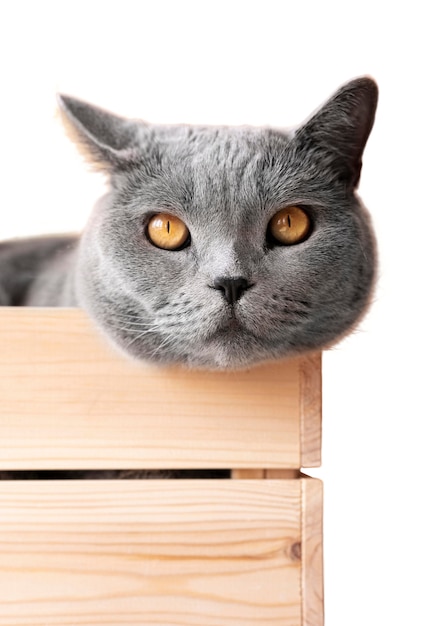The Obstacles and Solutions of Utilizing Cat Litter Alternatives
The Obstacles and Solutions of Utilizing Cat Litter Alternatives
Blog Article

In the last few years, the trend towards eco-conscious living has actually reached every element of our lives, including our precious family pets. As pet owners become increasingly aware of the environmental impact of their furry friends, the demand for natural cat litter has risen. However what precisely is natural cat litter, and why should family pet owners think about making the switch? In this detailed guide, we'll explore the world of natural cat litter to explore its advantages, choices, and everything else you need to know.
As ecological awareness grows amongst family pet owners, the mission for sustainable cat litter options has taken spotlight. Traditional clay-based litters, while popular, pose ecological issues due to their non-biodegradable nature and the ecologically intensive process of clay extraction. This has actually caused a surge in interest for environmentally friendly alternatives that guarantee to be kinder to the planet without compromising on efficiency. This short article explores the world of cat litter alternatives, highlighting their benefits, drawbacks, and what to think about when making the switch.
Clay-based feline litters, particularly those that are non-clumping, have actually been the go-to choice for years due to their absorbency and smell control residential or commercial properties. However, their ecological footprint is worrying. The mining of sodium bentonite, a key part in clumping clay litter, is disruptive to communities. Moreover, these litters do not break down, adding to landfill waste. In addition, the dust from clay litters can be harmful to both human and feline breathing systems, prompting family pet owners to seek healthier, more sustainable alternatives.
Naturally degradable alternatives are made from a range of plant-based materials, consisting of recycled paper, wood pellets, corn, wheat, and walnut shells. These products not only break down naturally in the environment however also typically originated from renewable resources, lowering the environmental impact connected with their use.
Recycled Paper Litter is made from post-consumer paper waste, turned into pellets or granules. It's extremely absorbent, virtually dust-free, and perfect for felines and owners with respiratory level of sensitivities. However, it might not control smells as effectively as other products and typically does not clump.
Wood Pellets, sourced from lumber scraps, Clay Cat Litter provide a natural pine scent that reduces the effects of smells without artificial scents. They're low in dust and absorb moisture well, developing into sawdust when wet. The sawdust can be sifted out, making the litter last longer, though some felines might not prefer the larger pellet size.
Corn and Wheat Litter are known for their clumping capability, similar to clay litters, making clean-up simple. They're eco-friendly and compostable, with natural enzymes that help manage odors. However, they can be costlier than traditional litter and may bring in bugs if not stored appropriately.
Walnut Shell Litter utilizes the natural absorbency of crushed walnut shells, providing exceptional odor control and clumping residential or commercial properties. It's dust-free and ecologically friendly but can be more costly and might not appropriate for cats with nut allergic reactions.
Silica gel litter, made from silica dioxide sand, oxygen, and water, is another alternative to clay. It's highly absorbent, manages smells effectively, and is low dust. While not biodegradable, it's lighter and can last longer than clay litter, needing less regular modifications. However, its higher cost point and the texture, which some felines might find off-putting, are considerations for prospective users.
Felines can be specific about their litter. Gradually introduce the new litter by cat litter alternatives mixing it with the old, increasing the percentage of the brand-new litter over time to allow your cat to change.
Ecological Effect: Consider the lifecycle of the litter material, from production to disposal, to ensure it aligns with your ecological worths.
Health and wellness: Choose dust-free or low-dust options to protect both your and your cat's respiratory health. Guarantee the litter is complimentary from chemicals cat litter scooper or scents that might harm your pet.
Cost: While some alternatives may be more costly upfront, their longevity and the quantity needed per modification can make them cost-efficient in the long run.
The Future of Cat Litter Alternatives
The pattern towards sustainable family pet care items is growing, with developments in cat litter options leading the method. Future advancements might consist of more effective eco-friendly products, enhanced smell control and clumping innovations, and even litter made from upcycled waste items. As customer demand for environmentally friendly products increases, we can expect to see a wider series of alternatives that don't jeopardize on benefit or efficiency.
The shift towards sustainable cat litter options is not simply a trend but a reflection of a growing awareness of environmental issues amongst family pet owners. While standard clay litters have actually dominated the market for years, the array of biodegradable and ingenious products now offered offers promising options for those looking to lower their eco-friendly footprint. By thinking about elements such as environmental impact, health and wellness, and cat acceptance, family pet owners can make educated decisions that benefit both their furry companions and the world. As the market evolves, the future of cat litter looks greener than ever, promising a great deal for felines, their owners, and the environment.